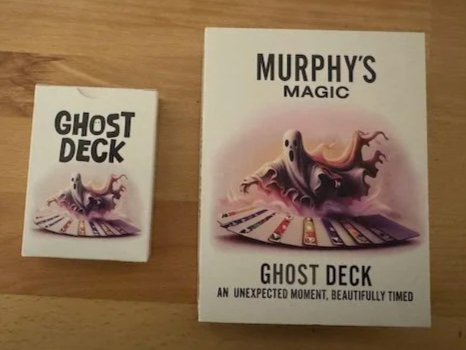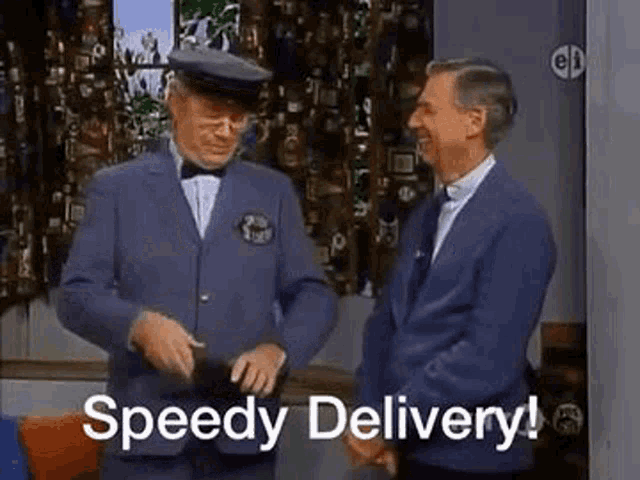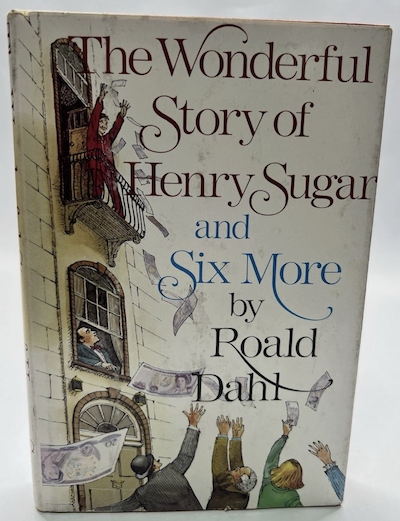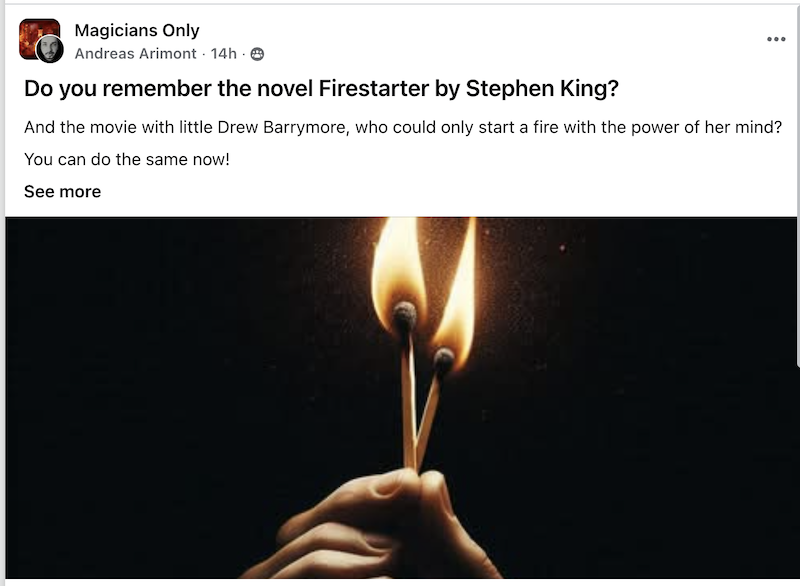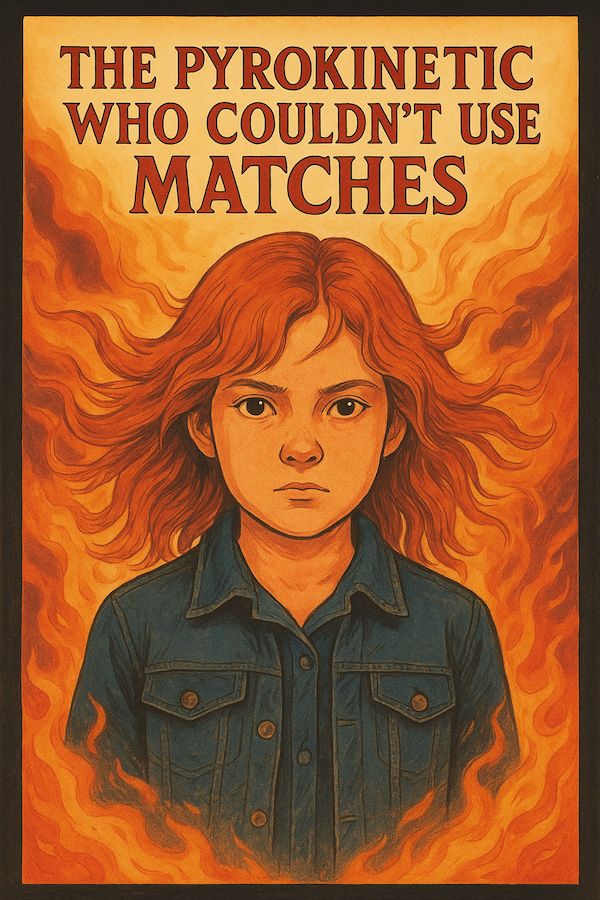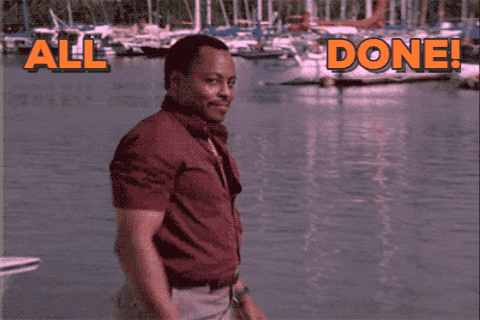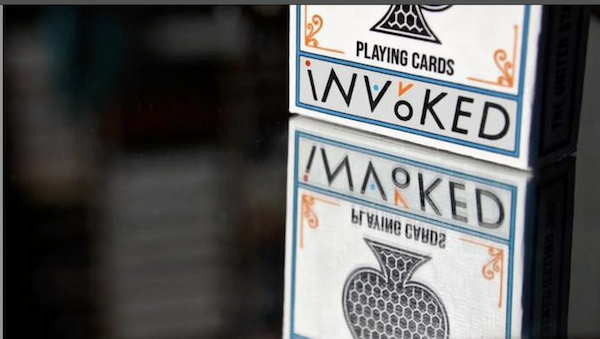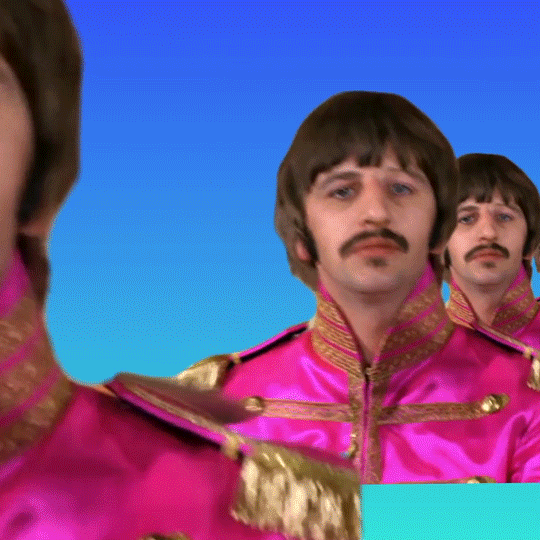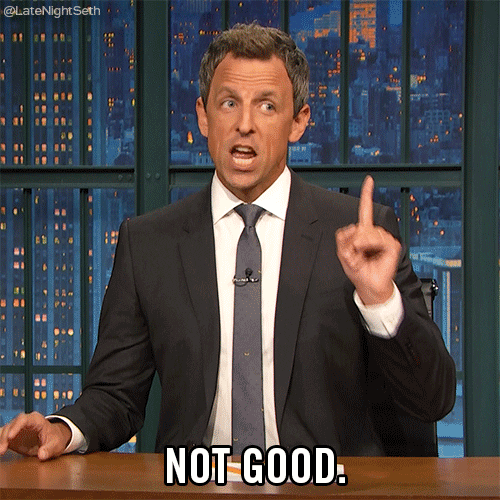Ghost Deck Thoughts
/I don’t know why a bigger deal isn’t being made of this, but director Tony Scott is now putting together instructional downloads for Murphy’s Magic. At least, that’s my understanding based on the editing in the Ghost Deck tutorial. This is a real clip.
Other questionable choices by the Murphy’s crew is that the Ghost Deck comes in this card case.
What am I supposed to fucking do with that? A case with the name of the trick emblazoned on it (and Murphy’s Magic printed on the bottom)? This just might suggest to a savvy audience member that something isn’t quite normal with this deck.
In the instructions, they say to get a different box and put the cards in that. Why didn’t you just give me a different, nondescript box, geniuses?
Well, Andy, they can’t just send the trick out with no branded packaging.
Oh, I understand, but the thing is, that box came in this box.
So yes, they could have given a case to actually keep the deck in. One that would look like a normal card box and also keep it from blending in with all the other Bicycle decks you have lying around.
Also, magic product packaging is getting out of hand. Look, I get it, fuck the environment and all of that. But it’s a $15 deck (which would have been a $12 deck without the unnecessary expense of the fancy box). I don’t think we need this level of excess packaging and protection.
Magic products used to come in a ziplock bag. Sure, that too wasn’t great. But certainly there’s something between the packaging for an $1100 iPhone and a ham sandwich that makes sense for a deck of cards.
As for the trick itself… I don’t really do reviews here (when I do reviews, I only bother reviewing stuff I like, and you can find those in the monthly newsletter if you care about that), but I will state my experience with this because it’s semi-interesting.
The trick is a take on Gemini Twins, and more specifically Stolen Cards by Lennart Green—although that too likely has other predecessors.
It uses a Rainbow Deck (every card back is different). You give the spectator two “random” playing cards, the rest of the deck is dealt through face-down, and they place these two cards in the deck wherever they like, face-up. The deck is then spread and it’s revealed the two cards they put in the deck are right next to their mates. It’s then revealed that their backs match as well. And finally, the rest of the cards are shown to have blank faces.
One weird choice Murphy’s made (besides putting the cards in a case that says Ghost Deck) is that—for some reason—they gave the cards that you hand the spectator initially the same back design (different color, same design). Why they did this is beyond me. The card backs matching with their mates is part of the effect. But the two cards having any connection to each other is not. It’s just confusing. They should have had completely different backs.
You can rectify this yourself by switching them out for different normal cards, but it shouldn’t have been done that way in the first place. It suggests maybe not a lot of thought was put into this.
The bigger issue is the trick just doesn’t get as strong of a reaction as I would have hoped, which sort of surprised me. I’ve done a lot of Gemini Twins–based effects, and they always get a good response. And a blank-deck kicker ending is usually strong. But the reactions to this were very mild, by my standards.
Here’s my theory as to why… A Rainbow Deck is an unusual concept for people—a deck of cards made up of a single card from 52 other decks. A Blank Deck is also an unusual concept—a deck of cards where the faces weren’t printed.
These are weird concepts, but they’re not too difficult to wrap your head around.
A rainbow deck could be a special project you put together over time.
A blank deck could be some kind of mis-print or incomplete printing job.
However, a Blank Rainbow Deck is an order of magnitude more confusing. It’s no longer a deck where you took a card from other decks, because other decks don’t have cards with blank faces. And it’s not a misprinted deck, because these cards theoretically came from different packs. So it’s now a specially made deck with different backs and blank faces. That doesn’t resonate with people. It’s a confusing concept that seems made only for a magic trick.
Add to that the unnecessarily matching backs I mentioned before, and you just don’t have a very clean concept for a trick. That kind of muddiness sinks more tricks than you’d think. You can have a complex premise and get a good response. But you can’t have a confusing one.
Also, these might be the ugliest card backs ever committed to cardstock. I’m hoping they were designed by AI or something, because if a human actually designed these, their graphic-design teacher deserves a quiet beating with a bag of oranges.
The only framing that even begins to justify these backs is something like, “I’ve been creating a deck with a single card from all the shittiest, least-inspired decks ever made.”
Speaking of how little care went into this thing, notice the tagline on the product box.
An unexpected moment, beautifully timed.
What?
It could not be more generic. “An unexpected moment.” Okay. That literally applies to 100% of magic effects. “Beautifully timed.” Again, totally generic. Or, if it is specific to this trick, I’m not sure what that means here. Is this a watch trick? Something happening with an hourglass?
I mean, couldn’t you have done something with the idea of a Rainbow Deck and an all-white finale?
The rainbow breaks…then the blizzard hits.
I know, it’s not great. I farted it out in three seconds. But at least it’s related to the trick. Unlike the tagline you used. And, for that matter, the name of the trick. “Ghost Deck”? How so? Because ghosts are white? Why not Cocaine Deck? “Cocaine Deck… Blow Their Minds.”
Obviously they asked AI to come up with a tagline and that one seemed “good enough.” A lot about this release feels that way.


